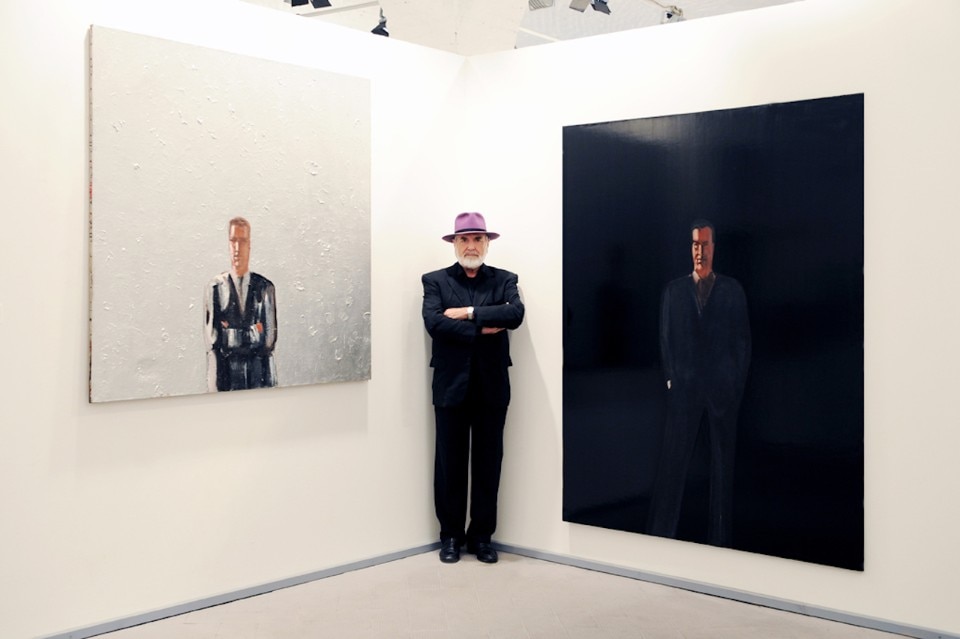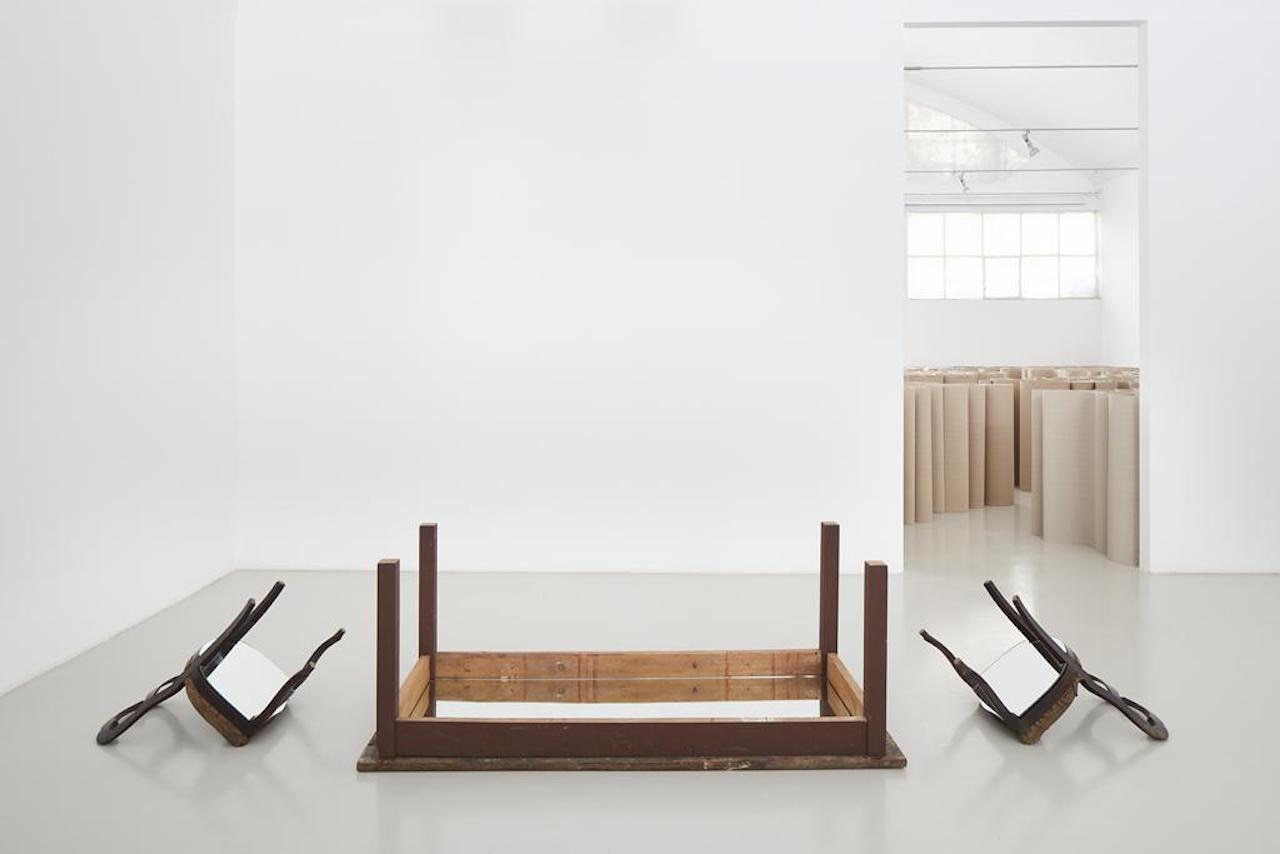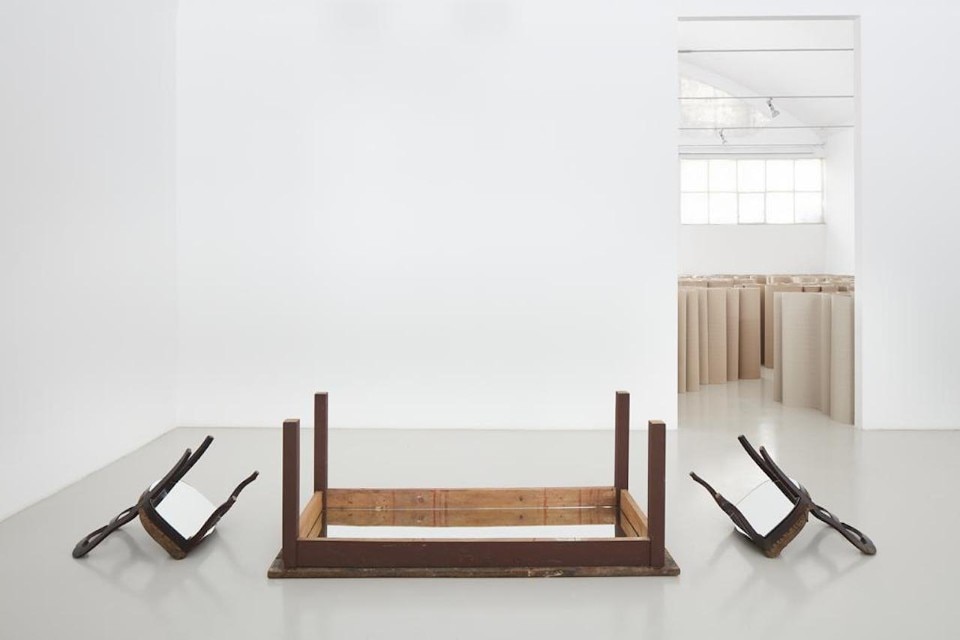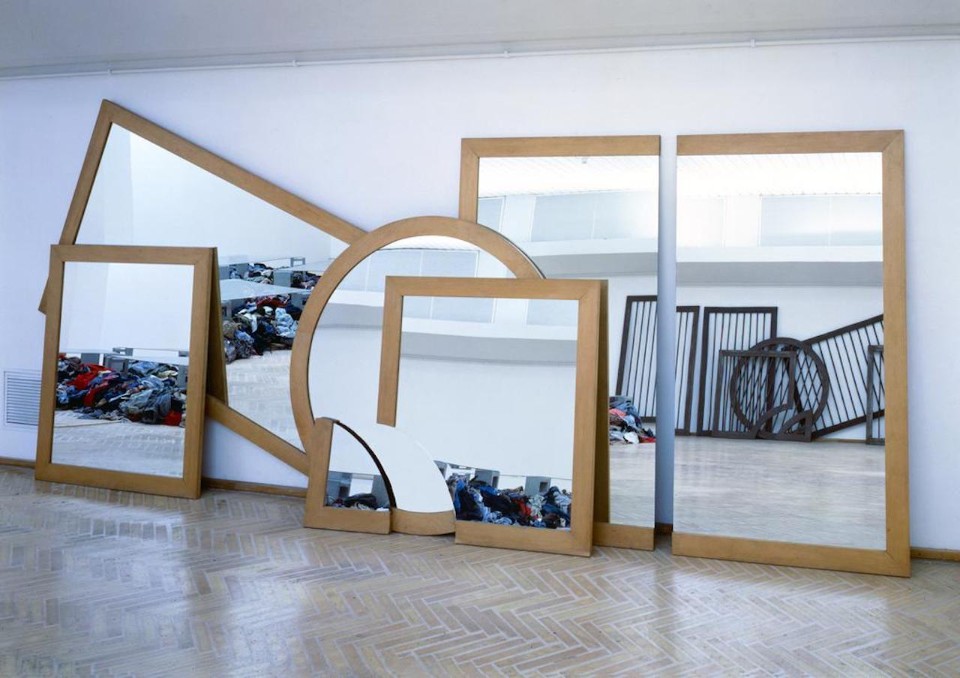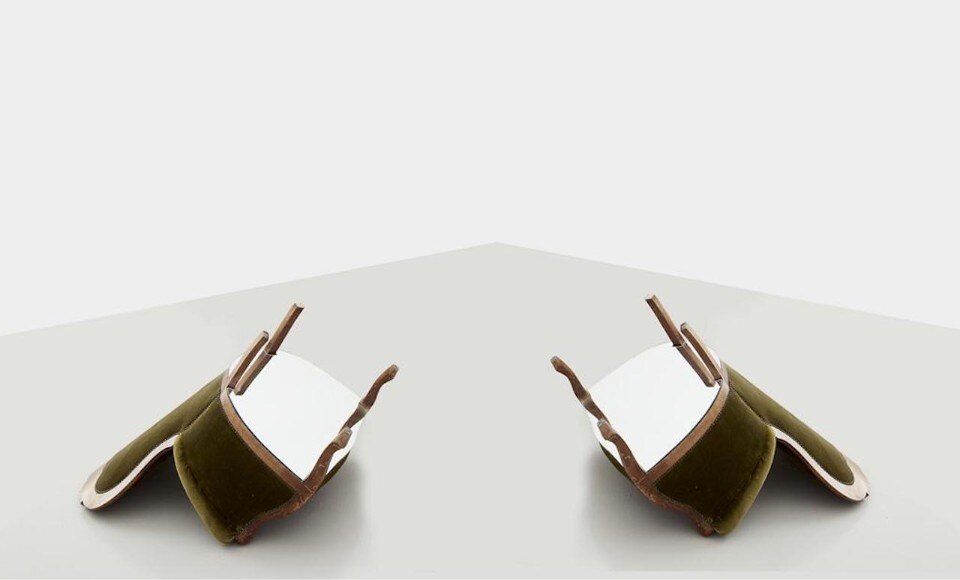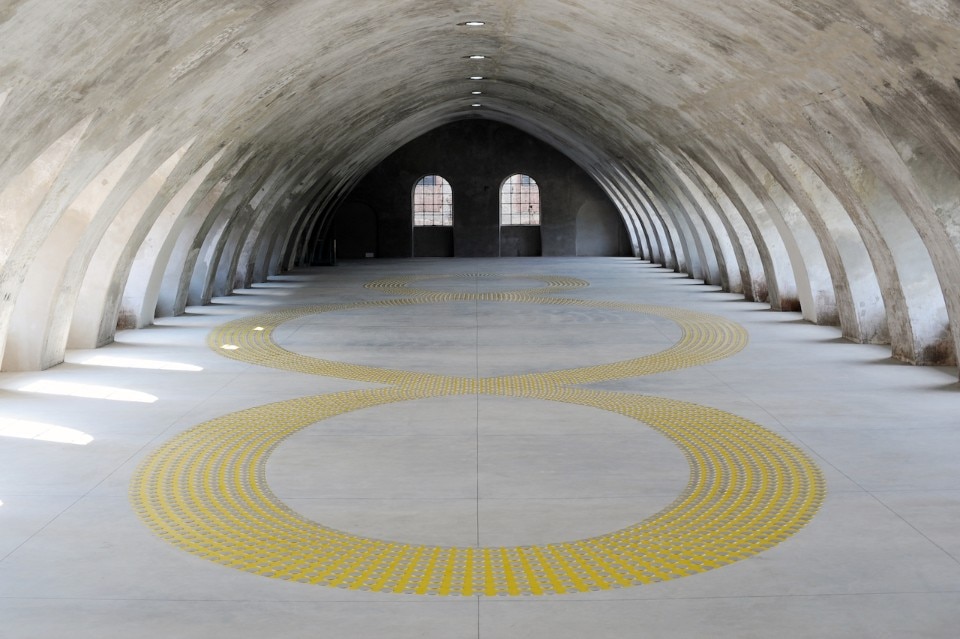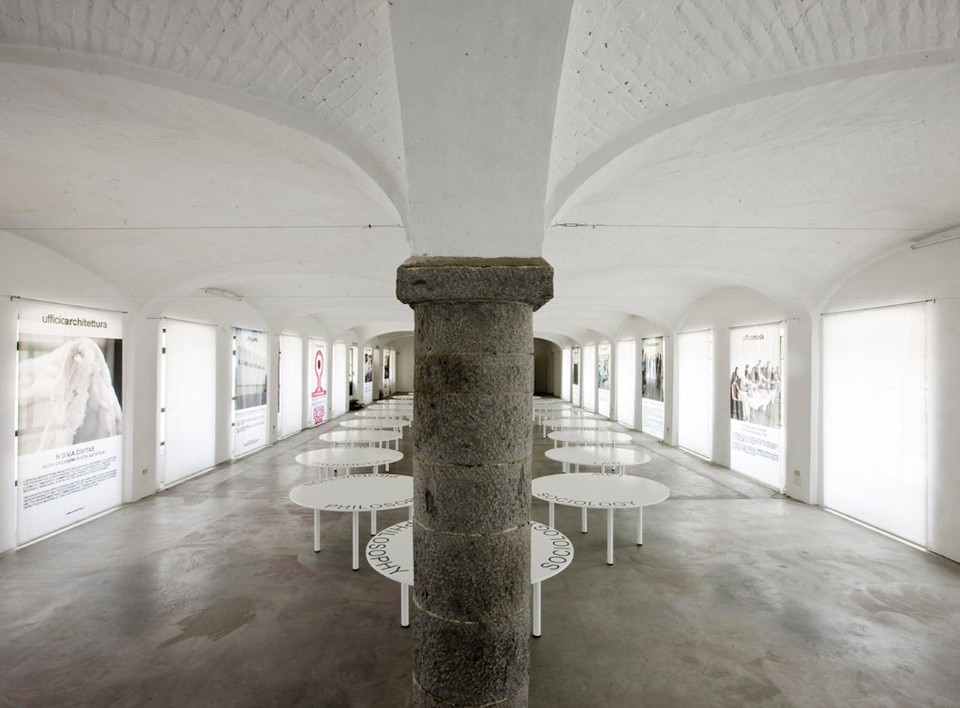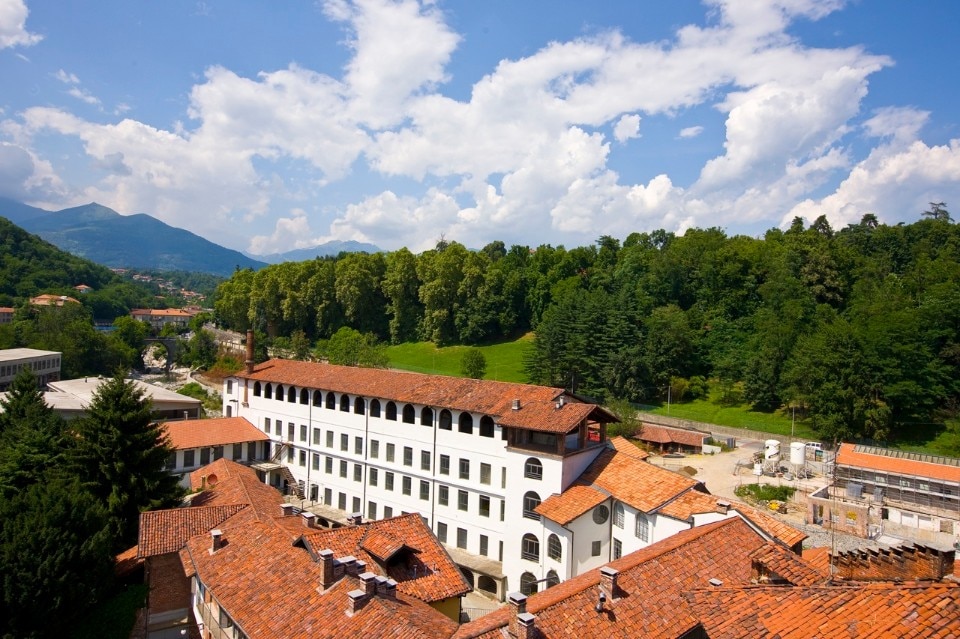“The figure of the artist is the result of the intersection of many factors, where social commitment is as constant as the awareness of producing art as an important expression of freedom. I define myself as an activator, my goal is to teach commitment. Education is extremely similar to the idea of creation.” This was the definition that Michelangelo Pistoletto made of himself during discussions on social transformation at the “Rebirth Forum” at MACRO Asilo in Rome. The forum saw the application of the concepts of Demopraxy and Trinamics, which promote responsible and sustainable change in social organisation.
This forum is the result of a wide range of contemporary visions and ideas. The aim is to create, bringing various organisations to the tables. How did the idea come about?
Try to imagine each organisation as a small parliament. Democracy must be applied and cannot coexist with monotheistic dogmas. In this case, this can be demonstrated by the path set out by art as a source of primary initiation. What is needed is a horizontal practice of political and social relationships, in other words Hominitheism, in the sense of an exercise for inter-individual responsibility. The very word “democracy” deserves to be examined in a new light, in order to eliminate the idea of power, which carries an age-old concept of domination.
You often begin from a mathematical point of view, to then shift to a social perspective. With the division of the mirrors, multiplication is created, like a cell which divides to then recompose in other cells. How important is the concept of differentiation compared to that of uniformity?
With the Oggetti in meno (minus objects), I shifted the concept of the personal brand of the artist, to disintegrate and cancel that which is universally recognised as a “personal mark”. This is the heart of absolute freedom, also in the sense of economic and political liberalism. It is through the destruction of the very identity of the artist that lost independence is recovered: they will no longer be just one, but different versions that emerge in diverse contexts. I am one person, and as such I am unique, but in every moment, I experience a particular condition. Thus I am not a singularity, but a specific plurality.
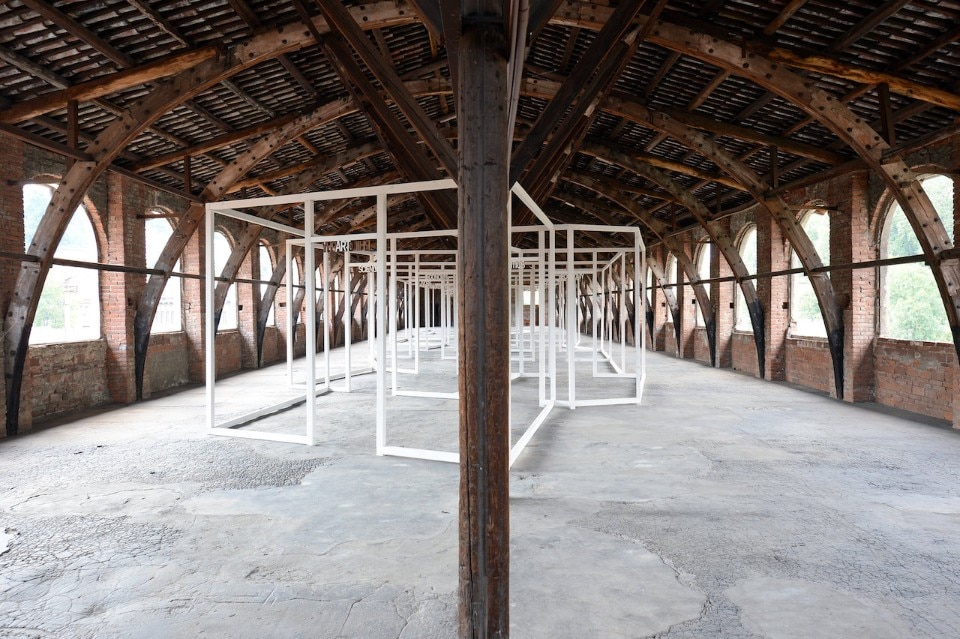
With immediacy, which focuses on the here and now, is there not the risk of disorienting a user which is used to a certain type of artistic label?
In order to lead in a new direction, one needs to not be afraid of disorienting those which are used to always travelling the same old road. Creative thought is based on diversity, not on uniformity. These are fundamental concepts which lie at the heart of Cittadellarte, a place where artists, scientists and activists meet on a daily basis. A veritable house of art, seen as an instrument for responsible social transformation. Diversity plays a leading role in both life and society. It is for this very reason that the modern acquisition of autonomy by artists is fundamental. Therefore, through my work, I have sought to transfer artistic autonomy from a subjective and personal aim to collective commitment.
Cittadellarte is where practices are developed that transform the symbol of the Third Paradise into reality, bringing it into all social areas and into all kinds of organisation. You have often taken your cues from symbols, bringing them into connection with reality.
I believe that everything begins with the search for identity. Duality is always there, but one needs to seek out a possibility for coexistence, a tangible balance. It is a bringing together of opposites, in the total imbalance of this society. We need to continuously create and connect. Each element, with its specific nature, finds a response and resonance with others. It is a precious and constant cross-sectoriality.
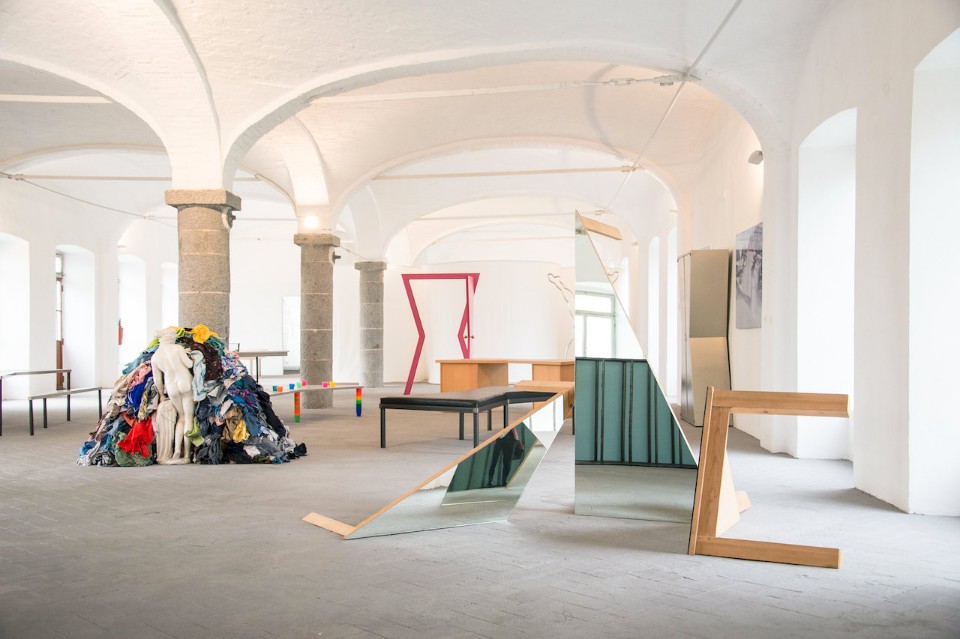
Balance can also be seen within the family. What memories do you have of your parents?
My father Ettore loved to draw landscapes and still-lifes. He introduced me to painting, teaching me to paint, as the ancient art academies did. My mother, while appreciating the beauty of tradition, was always looking to the future, and to her innovations. This “looking forward” was an integral part of the advertising world, with its infinite and rutilant ideas. Thus I enrolled in Armando Testa’s school. There were significant ties to the world of art, and they attracted me greatly, pulling me in their direction.
The exhibition dedicated to your father Ettore is hosted by the city of Biella, where thanks to art, the two of you “became peers”.
Exactly. “Padre e Figlio” is a large-scale exhibition project curated by Alberto Fiz and located in three important venues, Palazzo Gromo Losa, Casa Zegna – as the story of my father’s art is profoundly connected to that of Ermenegildo – and Cittadellarte. It provokes a profound reflection on the world of art and photography, like a dialogue rich in analogies and ideas. One again the mirror plays a central role, and again in this case it indicates the impossibility of moving forward without considering that which lies both behind and inside us. It is an invitation to reflect on the past and a way to leave a legacy to our fathers, instead of simply leaving children with the responsibility of communicating the knowledge and passion of their parents. And thus my father, who has always been in my heart, returns at least through my art.
Opening picture: Michelangelo Pistoletto, Cittadellarte-Fondazione Pistoletto. Photo Pierluigi Di Pietro
- Exhibition:
- Padre e Figlio
- Artists:
- Ettore Olivero e Michelangelo Pistoletto
- Curator:
- Alberto Fiz
- Venues:
- Palazzo Gromo Losa, Casa Zegna, Cittadellarte
- Where:
- Biella
- When:
- 17 April-13 October 2019


